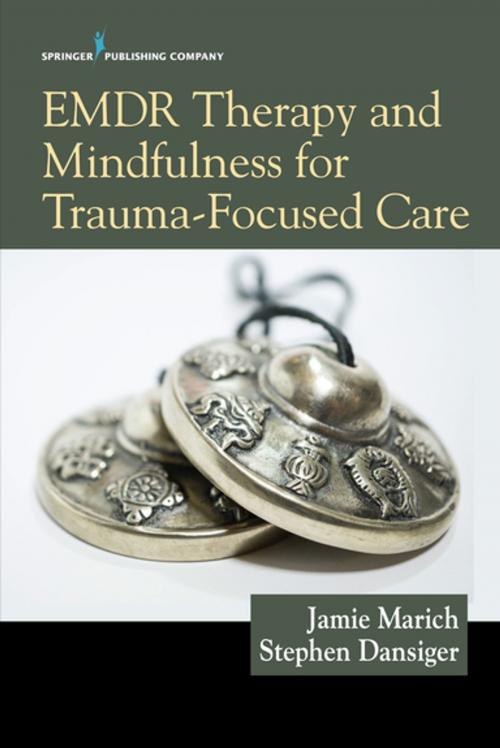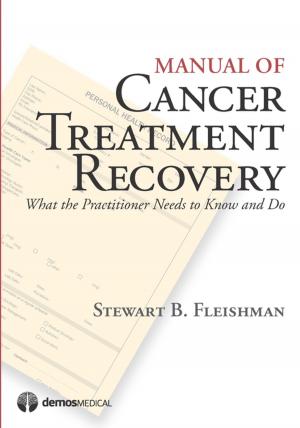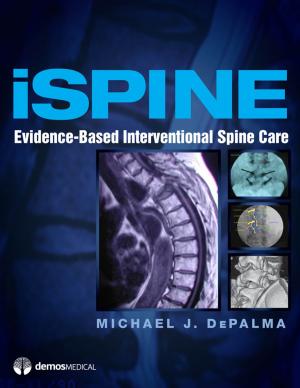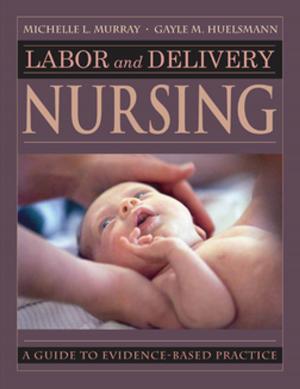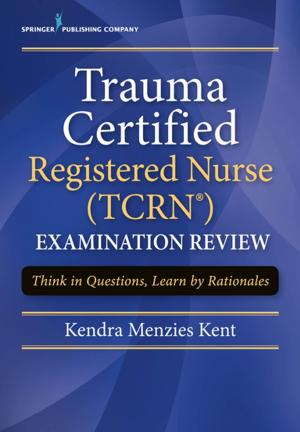EMDR Therapy and Mindfulness for Trauma-Focused Care
Nonfiction, Health & Well Being, Psychology, Counselling, Mental Illness, Clinical Psychology| Author: | Stephen Dansiger, PsyD, MFT, Jamie Marich, PhD, LPCC-S, LICDC-CS, REAT, RMT | ISBN: | 9780826149152 |
| Publisher: | Springer Publishing Company | Publication: | November 28, 2017 |
| Imprint: | Springer Publishing Company | Language: | English |
| Author: | Stephen Dansiger, PsyD, MFT, Jamie Marich, PhD, LPCC-S, LICDC-CS, REAT, RMT |
| ISBN: | 9780826149152 |
| Publisher: | Springer Publishing Company |
| Publication: | November 28, 2017 |
| Imprint: | Springer Publishing Company |
| Language: | English |
Based on the belief that mindfulness is a critical component in the delivery of EMDR, this innovative text integrates mindfulness-informed practice with EMDR therapy to create an effective new approach for healing trauma. Based on current evidence-based research, the book demonstrates—with clear, step-by-step guidelines—how clinicians can conceptualize and deliver trauma-focused care in both mental health and addiction treatment. Infused with practical applications, the book offers clearly articulated and effective approaches that provide a concrete beginning, middle, and end of treatment planning.
Following a description of the long history of mindfulness practices, the book offers guidelines for developing one’s own mindfulness practice—emphasizing the use of trauma-focused language—and suggestions for teaching specific techniques to clients. The book describes both classic and creative mindfulness practices, including breath awareness/sensory grounding, breath meditation, body scanning, feeling tone meditation, labeling, standing meditation, walking meditation, and loving-kindness meditation, along with using day-to-day objects as a meditative focus, movement practices, the expressive arts, and other forms of creativity.
Key Features:
- Offers a complete framework for healing trauma by integrating mindfulness-informed practice with EMDR therapy
- Provides clearly articulated, step-by-step approaches that are evidence-based
- Authored by noted experts in EMDR and mindfulness-based therapies
- Includes guidelines for developing one’s own mindfulness practice and tools for teaching specific practices to clients
- Describes both classic and creative mindfulness practices
Based on the belief that mindfulness is a critical component in the delivery of EMDR, this innovative text integrates mindfulness-informed practice with EMDR therapy to create an effective new approach for healing trauma. Based on current evidence-based research, the book demonstrates—with clear, step-by-step guidelines—how clinicians can conceptualize and deliver trauma-focused care in both mental health and addiction treatment. Infused with practical applications, the book offers clearly articulated and effective approaches that provide a concrete beginning, middle, and end of treatment planning.
Following a description of the long history of mindfulness practices, the book offers guidelines for developing one’s own mindfulness practice—emphasizing the use of trauma-focused language—and suggestions for teaching specific techniques to clients. The book describes both classic and creative mindfulness practices, including breath awareness/sensory grounding, breath meditation, body scanning, feeling tone meditation, labeling, standing meditation, walking meditation, and loving-kindness meditation, along with using day-to-day objects as a meditative focus, movement practices, the expressive arts, and other forms of creativity.
Key Features:
- Offers a complete framework for healing trauma by integrating mindfulness-informed practice with EMDR therapy
- Provides clearly articulated, step-by-step approaches that are evidence-based
- Authored by noted experts in EMDR and mindfulness-based therapies
- Includes guidelines for developing one’s own mindfulness practice and tools for teaching specific practices to clients
- Describes both classic and creative mindfulness practices
